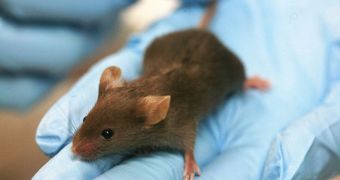In a new study conducted on unsuspecting lab rats, scientists at the Washington University in St. Louis (WUSL) School of Medicine (WUSM) determined that diabetes can be cured in mice using a compound that occurs naturally in the body. They now plan to conduct similar studies on humans.
In their experiments, the investigators were able to use the chemical in a manner that restored normal blood sugar metabolism in mice that suffered from diabetes. If the new work pans out on humans as well, the new drug could be consumed just like a vitamin.
It would act constantly to mitigate for the batch of symptoms generally associated with diabetes. In healthy individuals, taking these pills could lead to stopping the development of the disease before it even begins. Having access to a way of preventing diabetes altogether would indeed be grand.
WUSM experts focused their research on a compound called nicotinamide mononucleotide (NMN), a chemical that plays an important role in the way each cell in the body uses energy produced in specialized cellular organelles called mitochondria.
“After giving NMN, glucose tolerance goes completely back to normal in female diabetic mice,” explains WUSL associate professor of developmental biology Shin-ichiro Imai, MD, PhD.
“In males, we see a milder effect compared to females, but we still see an effect. These are really remarkable results. NMN improves diabetic symptoms, at least in mice,” adds the scientist. The work is detailed in the October 4 online issue of the scientific journal Cell Metabolism.
One of the things that bring hope to researchers is the fact that NMN influences largely the same mechanisms in both mice and humans. As such, it may be possible to transfer the discoveries to our species as well, potentially benefiting millions of people.
“But whether this mechanism is equally compromised in human patients with type 2 diabetes is something we have to check. We have plans to do this in the very near future. Once we can get a grade of NMN that humans can take, we would really like to launch a pilot human study,” Imai says.
If phase I clinical trials go according to plan, we could expect to see a new type of drug against type II diabetes on the market within the next decade or so. Analyzing the chemical thoroughly before releasing it into the population is essential, given the large number of diabetes patients.
Several population subgroups, such as obese people, could benefit extensively from the new drugs, seeing how obesity has long-since been determined to be a risk factor for the development of diabetes.

 14 DAY TRIAL //
14 DAY TRIAL //